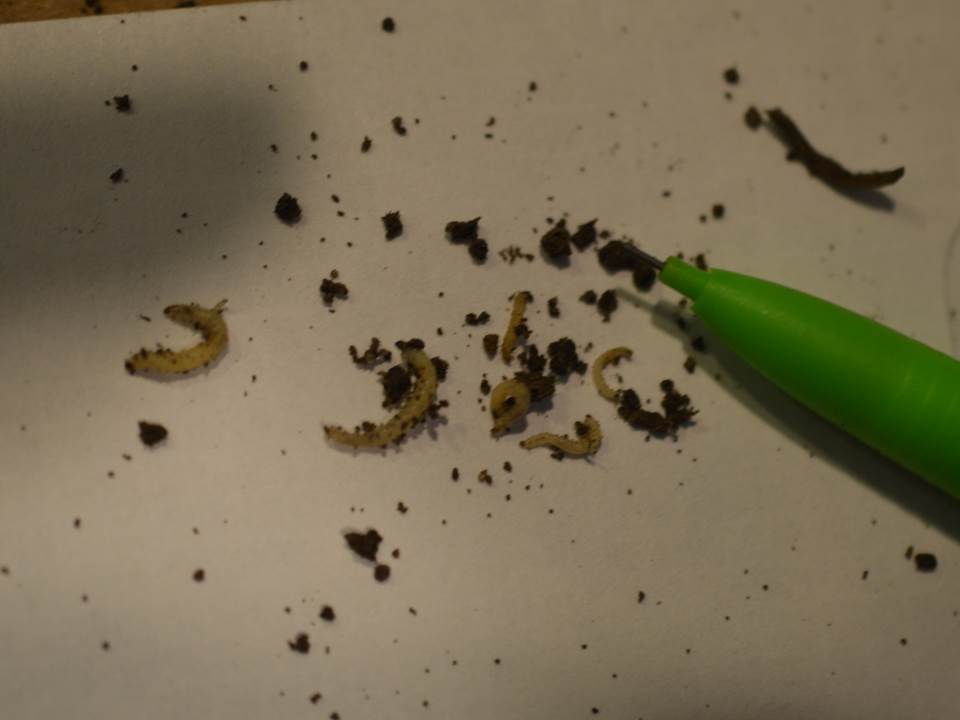–by Dr. Jeff Whitworth and Dr. Holly Schwarting
We sampled several corn fields in north central and south central Kansas this past week. The youngest field was at V2 and the oldest was mostly at V8. The lady beetles and green lacewings are still relatively plentiful. I did not find any aphids, or many pests of any kind, really, for these predators to be feeding upon. All of the lady beetles or lacewings were adults, no larvae. Hopefully, all these adults of both species will successfully reproduce and therefore there will be numerous individuals present to help control any future pests. There were however, numerous adult tarnished plant bugs in all fields sampled. These will not cause any problems to the plants, but later are often confused with western corn rootworm adults when they are found on the corn silks. Western corn rootworm larval feeding is still proceeding, probably for about another two weeks. The only real plant damage noted was leaf-feeding by fall armyworm larvae but not even very much (>1%) of that.




